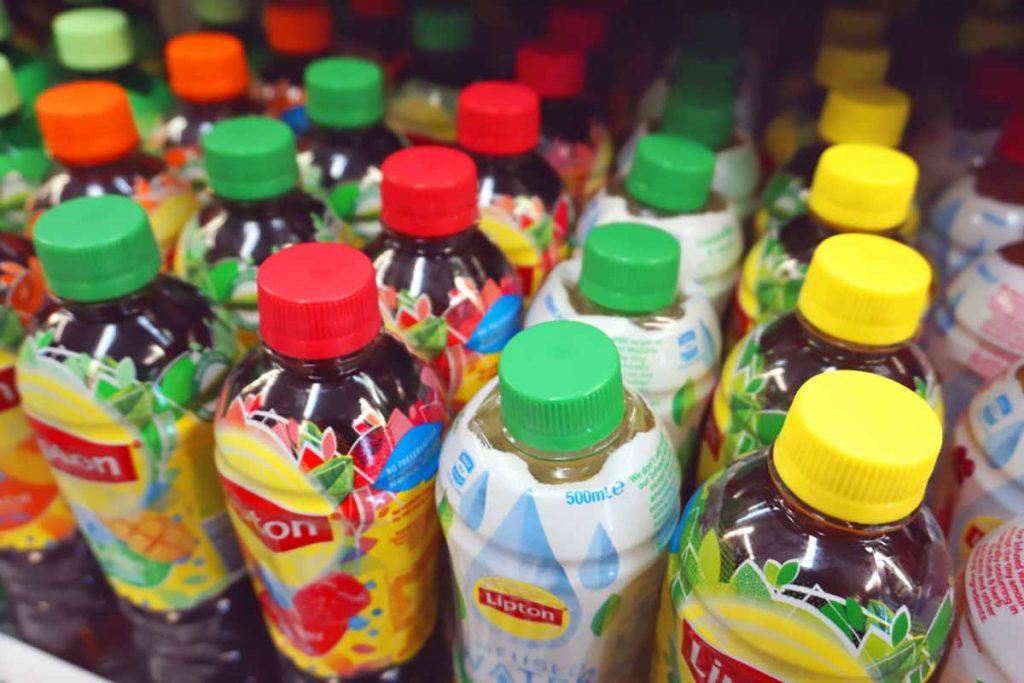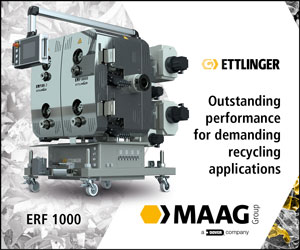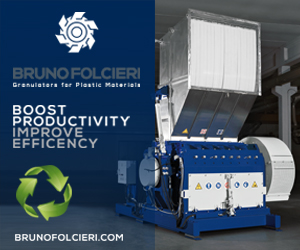
PET bottle labels can be problematic to the plastics recycling process, but three PET bottle label innovations recently received letters confirming their compatibility. | Ho Su A Bi / Shutterstock
The Association of Plastic Recyclers has recognized three shrink label innovations for their compatibility with PET recycling processes.
In recent months, APR awarded critical guidance letters acknowledging that Siegwerk’s washable inks, CCL Label’s floating polyolefin label, and Garware Polyester’s crystallizable co-polyester film with washable inks meet the APR Design Guide for Plastics Recyclability.
All three technologies are designed for shrink sleeve labels applied to PET bottles.
The following are more details on the innovations, as provided in APR webinars. (APR owns Resource Recycling, Inc., publisher of Plastics Recycling Update.)
Solvent-based washable inks
APR on June 23 awarded a letter to Siegwerk for the company’s solvent-based washable inks for shrink labels for PET bottles. During the recycling process, the inks wash off the crystallizable co-polyester shrink film so that the clean label film can be recycled alongside the PET bottle flake.
During a June 11 webinar, Miguel Gama of Siegwerk explained the company worked to develop a series of inks that meet customer requirements for high printability speeds and other properties but don’t compromise the PET bottle recycling process.
The company’s inks wash off in an alkaline solution at 55 degrees Celsius, which is actually about 30 degrees cooler than APR testing requirements. The inks do not re-deposit on the flakes, Gama said, and they can be removed through wash water filtration.
Independent R&D and testing facility Plastics Forming Enterprises (PFE) performed the label testing to ensure the inks meet APR standards.
The inks are suitable for printing via flexo and rotogravure systems.
Floating polyolefin sleeve label
APR on April 26 issued a critical guidance letter to CCL Label for the company’s floating polyolefin shrink label for PET bottles.
Called “Ecofloat,” the film floats away from PET in float-sink tanks. Inks remain on the label to avoid significant staining to the clear PET flakes. The label was tested by PFE.
During an April 23 APR webinar, Dan Webb, vice president of sales for Toronto-headquartered CCL, said the company received its first APR approval for a label in 2015, but the latest version incorporates advancements, including to the film’s haze values.
The label, which has a PE/PP substrate, has over 60% shrink capabilities in the transverse direction, Webb said.
Webb said the label already has approval from the European PET Bottle Platform. When asked about bottle sorting, Marika Knoff, head of sustainability and communications at CCL, said testing in Europe showed that sorters can identify 100% of the PET bottle even when it’s covered by a full-body sleeve.
Webb said CCL sees the material as an ideal solution for not only PET bottles but also for HDPE bottles and PP cups.
“We think it’s a good material that’s providing another good solution to the market,” he said.
Recycling-friendly PETG shrink label
APR on April 12 awarded a critical guidance letter to Garware Polyester for the India-headquartered company’s ECO-REP PETG shrink sleeve label for PET bottles.
The heat shrinkable film uses a washable HP Indigo ElectroInk printed using an HP Indigo Press. After the ink is washed off, the crystallizable co-polyester film is designed to be recycled alongside the PET.
K.T. Kulkarni, general manager of R&D at Garware Polyester, presented during an April 6 APR webinar. Kulkarni’s presentation noted that his company developed a level of crystallinity in the film that allows ink to be removed and prevents film clumping in PET flakes but still enables a sufficient level of shrinkage on bottles. The PETG’s melting point is 216 degrees Celsius.
PFE performed the label testing, which showed it meets APR’s guidelines.
More stories about industry groups
- Q&A: With EPR incoming, end markets are crucial
- NY legislative session ends, again without EPR
- Major plastic initiative sets sights on system change



